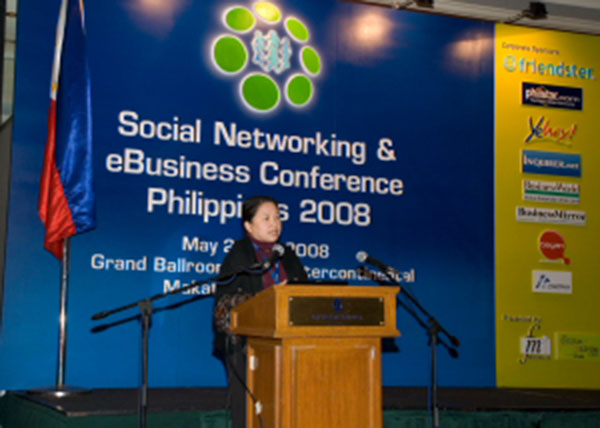State of E-Commerce in the Philippines 2013
As the Internet in the Philippines turned 19 years old this year, I think we have gone a long way and grew so much. But am also sad that we don’t have enough data gathering process and tools in place to accurately measure it.
In the last Manila E-Commerce Summit February 2013, Donald Lim shared his thinking that we are reaching the end of e-commerce as we know it. The context of e-commerce is changing.

This is also the reason why I believe new measurement frameworks have to be in place to capture them more accurately. We have to go beyond the 5 billion pesos e-commerce sales estimate that we have been stuck with for so many years now.
For instance, broadband subscriber base has increased by 45% to over 2.9 million in 2011 compared to a year ago. However, most industry peers still peg the number of Internet users to 30 million in the Philippines. Around 1/3 of it were assumed to be household users. This number was also used for the past 2 years.
The Yahoo -Nielsen Net Index 2011 peg e-commerce growth to have declined from 3% to 1% partly attributing to Internet usage not achieving growth in some urban areas in the country.
Jack Madrid (former country manager of Multiply Philippines and president of DCOM) believes we are still on day 1 in e-commerce. His perspective on our e-commerce numbers is more or less similar to what Donald Lim has estimated – which is around P4.3 to P5 billion.
Of course, to folks like me (with my biases), the decline or this status quo in e-commerce transactions is not acceptable. Especially when you get to see other reports that paints a much more optimistic perspective on e-commerce.
 Infographic by – Conversion Optimization Company Invesp
Infographic by – Conversion Optimization Company Invesp
My take on this one is that around 18% to 20% of the current Internet user population do e-commerce trading (selling of products or services) where the actual closing of transactions can take place both online or offline.
As I look at the winners of DigitalFilipino Web Awards in 2011, where the list was generated based on pure performance numbers, they are mostly e-commerce players where revenue is derived from sales, advertising, and consumers-to-consumers trading with each other. I can’t help but wonder on the following:
1. Should airline site online sales not be included in our overall e-commerce revenue count? If yes (excluded), does that mean the online booking sales of hotels and tours shouldn’t be counted either? (My estimate is around 10% buy airline tickets online.)
2. Should we consider bills payment done through the Internet and mobile banking an e-commerce transaction? (My estimate is at 7% of current Internet users does online banking and likely to be doing bills payment too.)
3. How will we treat offline face-to-face sales that transpires between buyers and sellers who met through marketplace sites like Multiply, Sulit, AyosDito and the likes? This especially to sales of real estate properties and cars.
Indeed, there are a lot of e-commerce transactions happening in our country that are not captured. This includes professionals receiving payment for services rendered in marketplace sites like o’Desk, bloggers advertising income, and the likes.
With special deals sites also selling thousands of products per day, we certainly need to have better measurement indicators to monitor our growth. This is the biggest problem we have right now. Our inability to accurately report the growth of the e-commerce sector. It is also the reason why it is not getting the support it deserves.
(Learn more about e-commerce for free at the DigitalFilipino E-Commerce Boot Camp.)


Leave a Reply